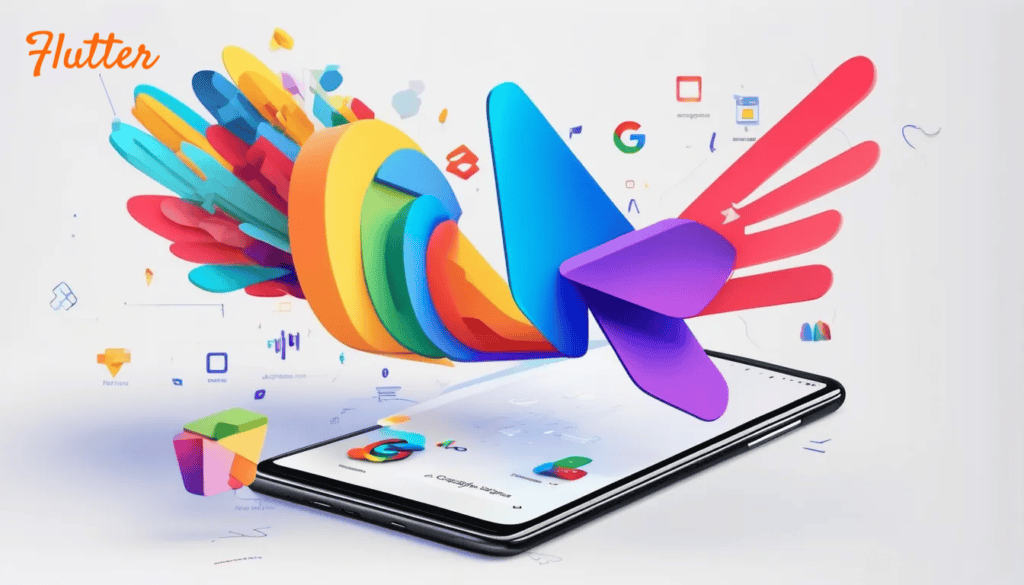Result for category: Flutter

Start your journey with flutter here! Step by step to install Flutter
Futter, a popular technology in mobile development. The ease of ...

How did some line of code become a whole working application
An application is a common thing to be used in ...

Learning Flutter? You must understand these fundamental knowledge of Flutter Widget !
New in Flutter? These are fundamental knowledge of flutter widget ...
